Marketing your built environment brand in the Climate Emergency
Even if it may not feel like it, or even if it may be blitzed by other equally important global crises, the fact remains that we are living in a state of climate emergency.
With increasing calls for global climate strikes, offline as well as online, coupled with the ‘Greta Thunberg’ effect- climate consciousness is rising in our industry. The built environment contributes around 40% of the UK’s total carbon footprint. Sustainability is no longer a buzzword. It is our collective responsibility as an industry to band together to meet the 2030 climate change targets head on.
The task is enormous, but through strategic communication we can build the right collaborations to get to Net Zero carbon emissions. As built environment professionals, we should be encouraged to look at our climate change communications and understand how best to communicate the environmental impacts of our projects to stakeholders, investors, collaborators and the end users- our communities at large.
As described by Maria Virginia Olano, Communications Director at Climate XChange in her insightful report Challenges in Climate Communication ,
“Climate change communication is about educating and informing people about this massive issue, in order to mobilise and solve the climate crisis.”
Photo by Callum Shaw on Unsplash
1. Map out your climate conscious marketing strategy
We recently wrote up insights into communicating sustainability for built environment brands, discussing the do’s and don’ts of how to speak on your sustainability successes online and the value of environmentally conscious communications.
This article will build on those insights, going further in exploring how to market your sustainability expertise authentically to attract the right clients and collaborators, and how to cut through the greenwash.
Read on for additional tactics to help you map your marketing and communications strategy.
2. Get to know your audience intimately
As built environment communicators, we recognise the importance of knowing your audience. But it goes beyond just demographics. To truly speak to your audience and get them to buy in on the merits of your green architecture, for example, you need to get to know them first and get to know them well.
At Concept Culture, we use audience personas to enable us to get to know the target audiences of the clients we work for. Here are 5 critical questions you could ask to start identifying and building your audience personas:
Who are you trying to reach?
What drives and motivates them?
What are their pain points?
Where do they hang out?
Why should they care?
Getting to know your audience better will help you build trust. And trust as we all know, is the foundation of good communications. Even more so when it comes to communicating about the impacts of climate change and the climate emergency.
3. Use storytelling as a tool with your audience as the ‘hero’
Once you have identified your audience and their pain points, the next step is to map out how to connect with them in an impactful way.
We often forget the people behind businesses and don’t appreciate just how much people relate to stories. At Concept Culture, we are strong believers in the importance of storytelling in conscious and purposeful marketing. We explored this further in our power of digital storytelling in the built environment article.
Telling an environmental brand story can be a real force to help drive sustainable growth and social good. It is all about changing attitudes and behaviour of the wider industry and community; and the way you authentically tell that story gets to the crux of this to motivate and propel positive action.
The most important thing to remember is not to paint yourself or your business as the ‘hero’ of this story. In this instance your target audience is the ‘hero’. Focus on what the outcome of your story is for your audience. Communicate what’s in it for them, why they should care and how what you do will solve their problems and add value to their lives.
Share your values, your mission and your purpose. Tell your story purposefully, with agency, empathy and with courage on all your communication channels.
Photo by Les Corpographes on Unsplash
4. Showcase your conscious values to attract better brand alignment
Telling your sustainability story better can create shared value and create value-aligned audiences that will connect with you and want to work with you.
Whether it's through communicating environmental industry partnerships, advocating for carbon offsetting on your website or refining your corporate social responsibility campaign, remember that authenticity and transparency is key. Be the story and ensure your actions marry up with your words consistently across all your communication channels traditional and digital.Be it your website, social media, newsletters, videos, proposals, bids, pitch decks and the like.
Our future and the climate emergency depends on it.
“There is no business to be done on a dead planet.”
Are you a built environment brand working hard for the good of people and planet?
We certainly hope so! And we hope that these tactics will help you on your journey to better communicate your climate consciousness as a built environment brand.
Need help telling your story?
Concept Culture is all about helping purposeful brands tell purposeful stories.
Reach out to us, we’d love to provide you with tailored support to grow your brand through strategic brand storytelling and digital marketing.



